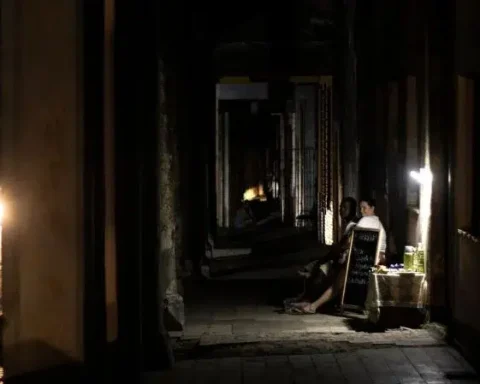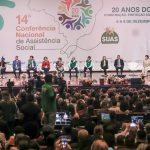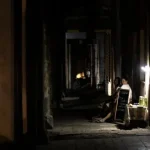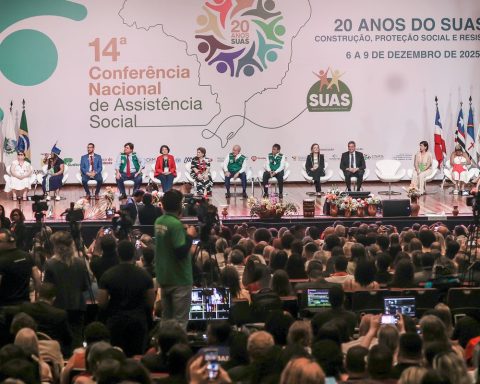From repeating it so much, it seems that everyone knows the reason for that plural: Family Code Project.
However, just yesterday I heard the dialogue between two middle-aged women, presumably friends or neighbors, who were waiting in front of the kiosk because they wanted to buy the printout with said project.
One lady corrected the other:
-Say it well: Family Code, with S.
-It doesn’t matter, after all we are a big family, right? Why so many S, that’s just to be finer, daughter.
.-It’s not like that, answered his interlocutor smiling.
I don’t know how the conversation continued because the two left printed in hand and I was waiting my turn.
As that momentary exchange could be repeating itself in different circumstances and of course, with different words, perhaps it would be convenient to remember why it is very important to speak of Cuban families and not of the Cuban family, in the singular, as if it were a homogeneous mass, without differences that distinguish one from another.
However, the traditional and heteronormative model that in times past identified the family as one, has been displaced by realities that go beyond it.

Photo: taken from radioenciclopedia.cu
So much so that, according to Dr. Patricia Arés Muzio, Full Professor and Consultant at the Faculty of Psychology of the University of Havana, among the most consulted specialists in these times, the family institution or social group is no longer defined only blood ties, not cohabitation, kinship or conjugal ties.
Consensuality, cohabitation, adoption, relationship and guardianship are also relevant, refers the expertwho has underlined that it is no longer possible to speak of a single family model.
The aging that today marks the Cuban population, as well as migration, the increase in divorces, sexual diversity and other variables have conditioned diversity and complexity as guiding trends in Cuban families, where at present there are many “more unions”. voluntary, less stigmatized and more innovative in their operation”.
In Cuban families today abound:
– Those formed by few members and also single-parent
-The variety of ages, genders and sexual orientations
-Coexistence as a couple without a formalization of the union
-Number of children born out of wedlock
-Fertility decline
The popular consultation process that is now taking place regarding the code project is also in itself an opportunity to meditate and continue redefining the vision of family that each one has, not always stripped of prejudices and stereotypes.














